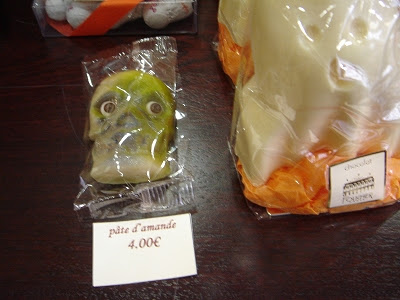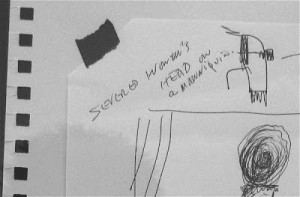Q & A

Conducted with Phil Barrington by the ‘Abused Meat Wipe’ website team. November 2007.
q) Well, first of all, please tell us a little about yourself.
a) My name is Phil Barrington, from East Anglia, England. I am a thirtysomething observer and note-taker who creates images that reflect my own world-view and feelings in a sometimes non-obvious way. I have been dabbling in ‘image creation’ or however you want to define it since I was a child. I did a lot of drawing and, as a teenager, made my own sleeves for bootleg/pirated VHS films, from images ripped out of magazines and newspapers. Mostly horror films. I then discovered the ability to create lies through camera techniques. They say that the camera never lies – I beg to differ. The digital camera is a notorious fibber.
q) How would you describe your work?
a) Ugly-Beautiful. Truthfully-Lying. Abstract-Definite. Cheeky-Serious. Sad-Humourous. Spaciously-Confined. Is that enough?
q) Did somebody encourage you to become an artist?
a) Nope. I always drew with pencils as a child. Mostly body horror kind of stuff. Then, over the years, I took odd shots of dilapidated buildings, rust, peculiarities, and general industrial environs. I then moved into model photography and semi-elaborate set-ups. I found that I was creating more and more stuff, from more and more ideas – mostly abstract ideas – and that’s where I find myself right now; about to create a whole world where all these things live and breathe. ‘Cracktown’.

A piece of juvenilia.
q) What is your favourite medium?
a) .raw image files.
q) Can you describe your process, from the seed of an idea to a complete work?
a) 1. An idea or vague notion comes to me – in waking dreams, out of the blue, or inspired by events witnessed. 2. I compose the shot in my head. 3. I never dismiss daft ideas, ludicrous concepts or seeming impossibilities out of hand. 4. I arrange the shoot – but the key thing is to accept ‘happy accidents’ or otherwise unplanned ‘things’ to influence the final shot, and that could include feedback from the models themselves. 5. I bring up the best shots on my pc and do some minor things and convert to black and white at that stage – NEVER set the camera to take B&W shots itself. Always have control as much as you can. 6. The image is finally made ‘physical‘ and further scratched or burned if it needs it.
Or I simply stumble upon an incident outside my control and just keep taking shots. That’s why my business card says ‘Observer and Note-taker’ under my name. That’s all I feel I actually do, most of the time. I always take a camera everywhere I go. As Warhol instructed, “Record everything.”
q) Generally speaking, where do your ideas come from?
a) Blurrrrrrrgh…..
q) How long does it take to complete a piece?
a) Setting up a shot from initial idea, to recruiting models or obtaining materials, to actually taking the blasted thing, and to complete post-production work can take as little as a couple of days or as long as it takes, weeks, months, years even. Each session is different, and you often need a bit of time to mull things over in your brain many times, from many different directions. I would say that 80% of my work is never completely finished at any one time. I always like to go back and tinker if I can, before a work is finally imprinted on canvas or sent to the photo labs – a trait which may well be my undoing. Who knows?
q) Who are your favourite artists…and who are some artists you are currently looking/listening to?
a) I am not a die-hard fan of anyone, but I really like much of the work done by Joel-Peter Witkin. I love David Lynch’s canvas art, sculptures and films. Bacon’s body of work is sublime. I also quite like Chloe Des Lysses’ black and white shots of bands and famous faces.
q) Are you represented by a gallery? Do you have any upcoming exhibits?
a) I have an online gallery/blog at http://www.abandonallhopenow.blogspot.com/ and am too busy at the moment with my forthcoming ‘Cracktown’ project to think clearly about an upcoming exhibit. We’ll see about that once Cracktown finishes in the Summer. Some other kinds of ‘showings’ are being thought about in the dark corners of my brain though.
q) Do you have any ‘studio rituals’? As in, do you listen to certain types of music while working? What helps to get you in the mood for working?
a) ‘Studio rituals’? Subdued lighting. Candles. Sometimes listen to some Aphex Twin, or otherwise experimental electronica. My undefined and somewhat vague instinct always drives me. It only becomes apparent in hindsight.
q) What is your favourite a) taste, b) sound, c) sight, d) smell, and e) tactile sensation?
A) Haribo. B) The final whistle. C) The shock of the new. D) all curries, and E) what’choo talkin’ ‘bout Willis?
q) Do you have goals that you are trying to reach as an artist, what is your ‘drive’? What would you like to accomplish in your ‘profession’?
a) My goal is always to capture perfect moments in a perfect way. Perfect to me, that is. I am not an accomplished ‘photographer’, nor ever want to be part of that SLR pomp – all those people nattering on about photographic imperfections are nothing more than Real Ale freaks who obsess too much about the technique and not enough about the object. You can use a pinhole camera to capture great beauty, in my mind, so if you bang on to me about filters, aperture settings and flash techniques, well, I would just want to leave the room frankly.

What would I like to accomplish in my ‘profession’? To always show my own particular vision of the world while maintaining my dignity – no matter what carrots are dangled in front of me. To always amuse, disturb or anger people – as long as they always ‘feel’ something.
q) When have you started using the internet and what role does this form of communication play for you, personally, for your art, and for your business?
a) I started using the net in 1998, though I wanted a modem for my Spectrum 48k back in 1987. I don’t think there was much to do on the net back then though – a ‘Horace Goes Skiing’ multiplayer deathmatch or two, maybe, but that was it.
q) What do you obsess over?
a) Most things. I have an addictive personality. When I like something I tend to almost overdose on it – I try to become it, whatever ‘it’ is – then toss away the dry tusk and move on to the next ‘it’.
q) Do you have preferred working hours? Do you pay attention to the time of the day or maybe specific lighting?
a) I work long into the night on post-shoot work usually. I try to crawl into bed before dawn though.
q) Do you do commissioned works?
a) Not really. But would consider anything within reason, as long as I can shoot in my own way and have final say on everything.
q) Any tips for emerging artists?
a) Be prepared to make mistakes. And consider using them as your finished works.
q)…Your contacts
http://www.abandonallhopenow.blogspot.com/
http://crack-town.blogspot.com/
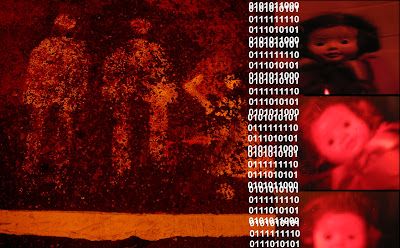
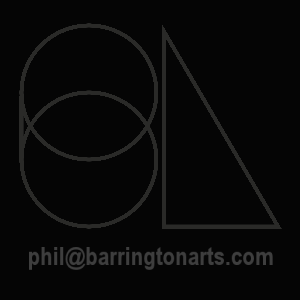

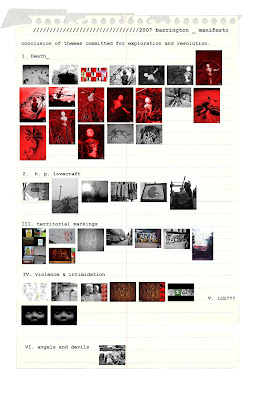
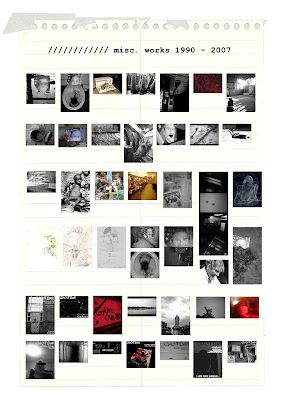



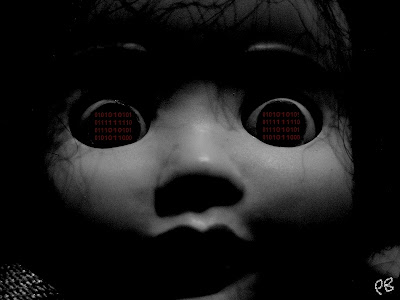
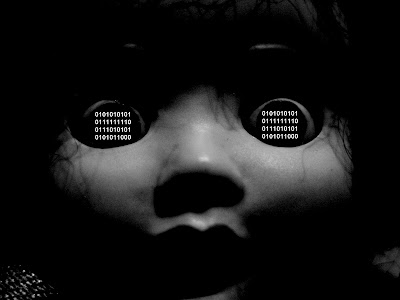.jpg)
+framed.jpg)
 A
A